Sustainable On-Campus Food Production
The Edible Campus Initiative (ECI) is a collection of food demonstration projects on campus, illustrating our ability to produce food in marginal spaces. ECI augments our current curriculum with new partnerships and community networks through a food systems-based approach. The intent is to research and illustrate new and traditional food production methods, provide multidisciplinary learning and practical skill development opportunities to our students and the community, and engage the UNE community in local food production and sustainability.
ECI builds on infrastructures already in place, such as courses within the College of Arts and Sciences and Westbrook College of Health Professions, numerous clubs and organizations, and multiple campus food demonstration projects. ECI uniquely complements UNE’s tagline, “Innovation for a healthier planet.”
Bee Hive
Honey bees have been around for more than 100 million years, pollinating plants, flowers, and trees that contribute to more than one-third of the food we eat. Bees provide $1.6 billion worldwide in economic value, underscoring their important role. They collect pollen and nectar and produce propolis, honey and wax, each having multiple uses. Honey bees function in colonies of thousands of individuals with a division of labor and an extremely complex social structure.
Today, bee populations are being negatively impacted by a number of anthropogenic causes. A major cause of the decline of bee populations are insecticides, specifically neonicotinoids. These chemicals represent the fastest growing class of insecticides and affect the bees on contact. They increase motor activity, weaken their ability to learn, and weaken their long term memory, often causing the complete collapse of a hive.
The undergraduate UNE Honey Bee Conservation Club is working to combat the decline of honey bee populations and bring awareness to the importance of honey bees and their plight. In the spring of 2017, the club was formed, and two hives were set up through a generous donation of equipment. The hives can be found on the Biddeford Campus, nestled between parking lots 28 and 18.
Since its creation, the UNE Honey Bee Conservation Club has grown and been successful in keeping happy, healthy bees as well as harvesting honey from the campus hives. During the fall 2018 semester, the club harvested 87 jars of honey that members then sold as a fundraiser at the first-ever Edible Campus Market, now held once each fall and spring.
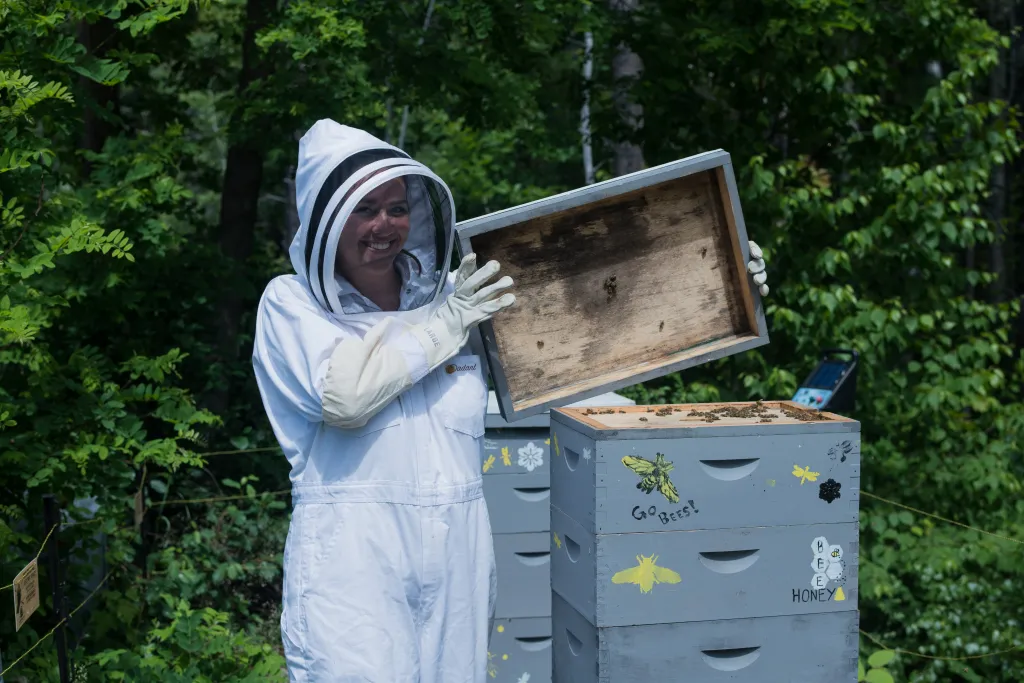
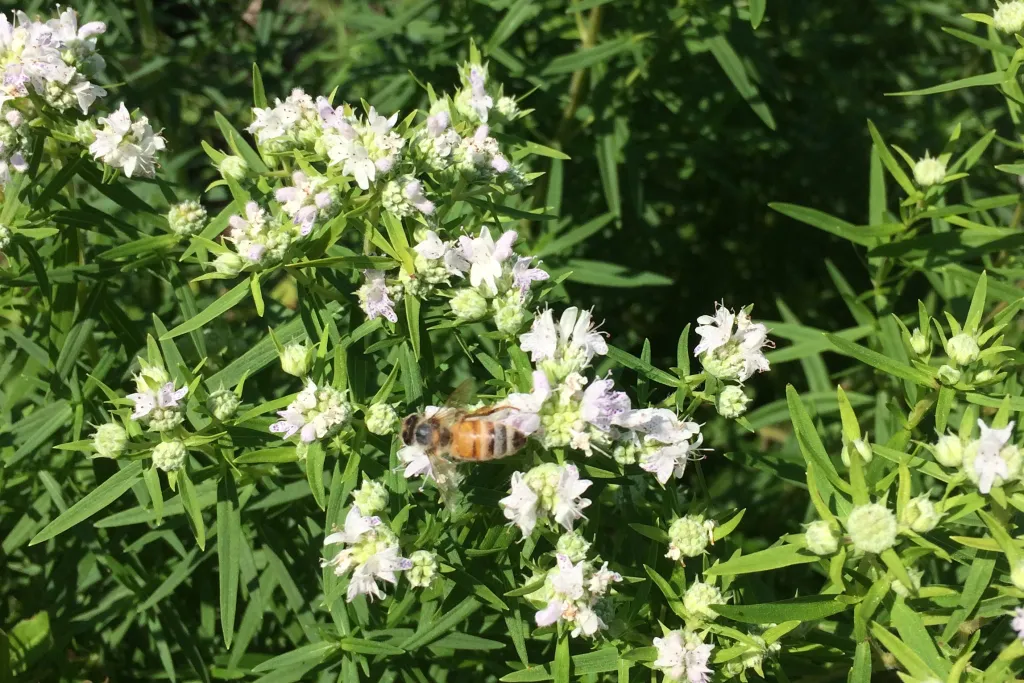
Community Garden
The Biddeford Campus Community Garden was founded in 2009 by a group of students in the E-Pod, a living and learning community in Padua Hall focused on environmental passions. There were originally six plots in the garden, each 12’x15’ in size. Topsoil was purchased and partially donated by Dubois Livestock and placed on top of weedcloth with a log perimeter to create a raised bed.
At the time of founding, the students understood the importance of maintaining the garden annually and the unpredictability of student presence over the summers to farm the plots. For this reason, the students agreed that five of the plots would be available for faculty and staff “owners,” and one plot would remain available for students to use on a first-come, first-served basis. Over the years the student plot has been farmed by students when there was interest or farmed by an additional faculty/professional staff member on a one-year term if there was no student interest.
The garden was expanded by three plots in 2015 with a grant through the Maine Hunger Dialogues. The understanding is that these plots will be farmed by students for their own use, and surplus will be donated to local food pantries. The intent is to maintain this arrangement whenever there is student energy to do so.
If you are interested in farming a garden plot, please download the Community Garden Application, read it carefully, sign, and email it to the Sustainability Office.

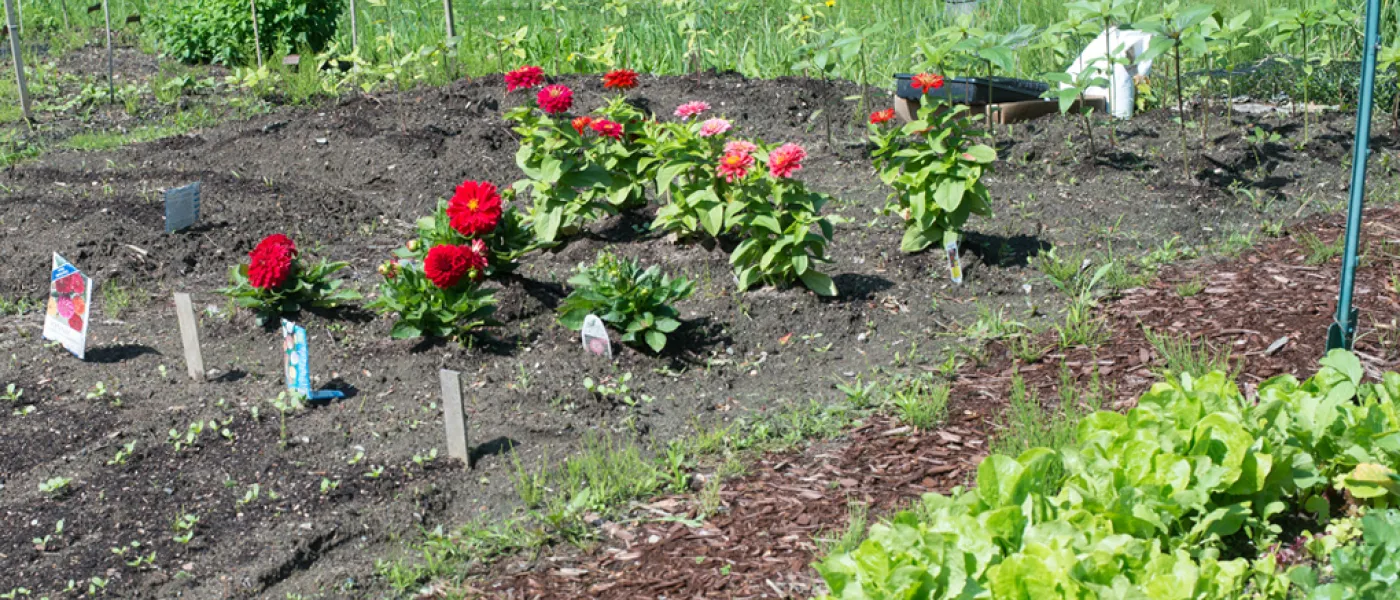
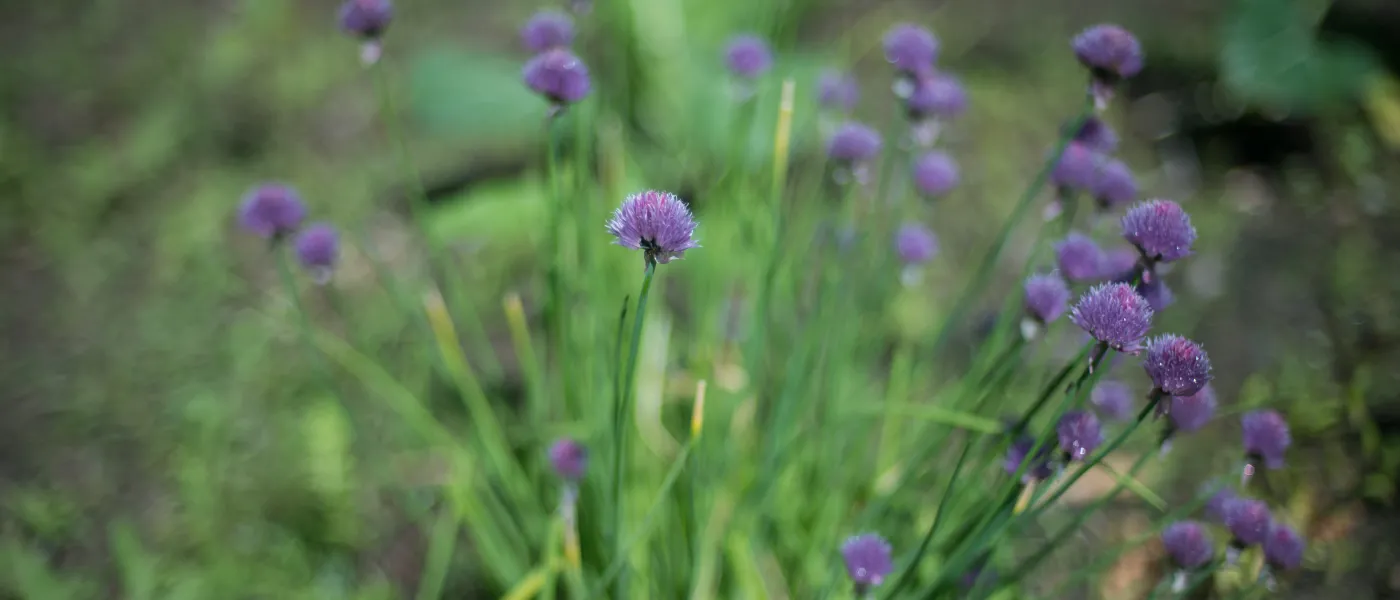
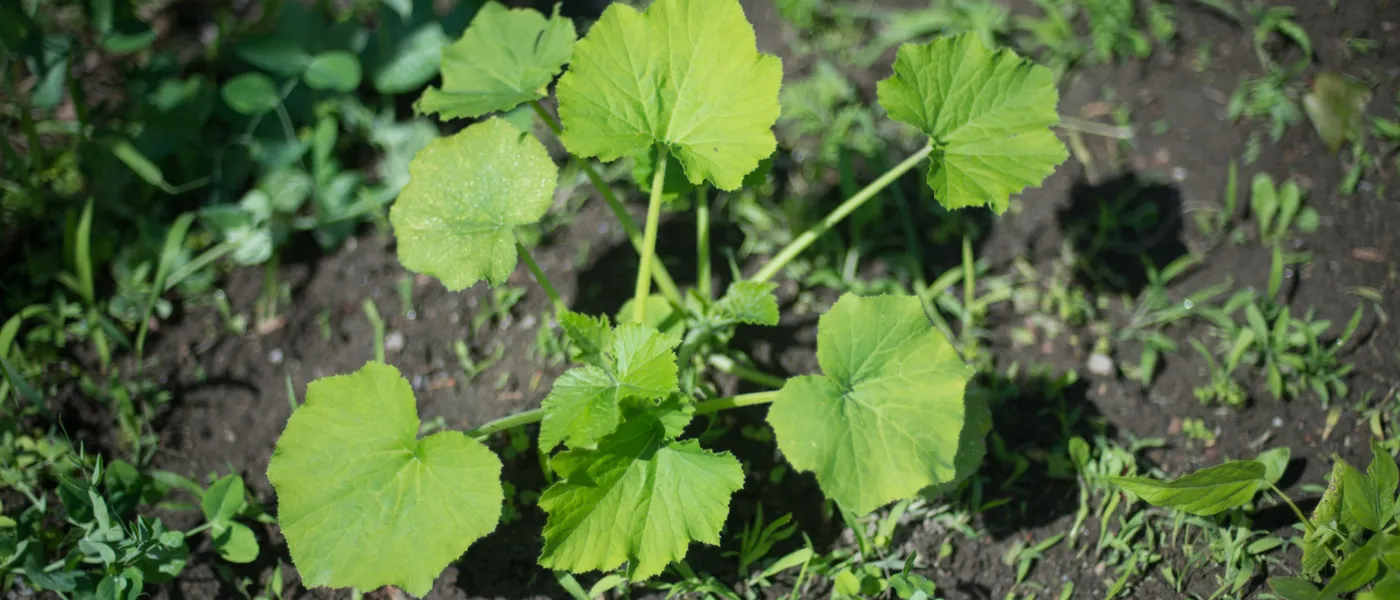
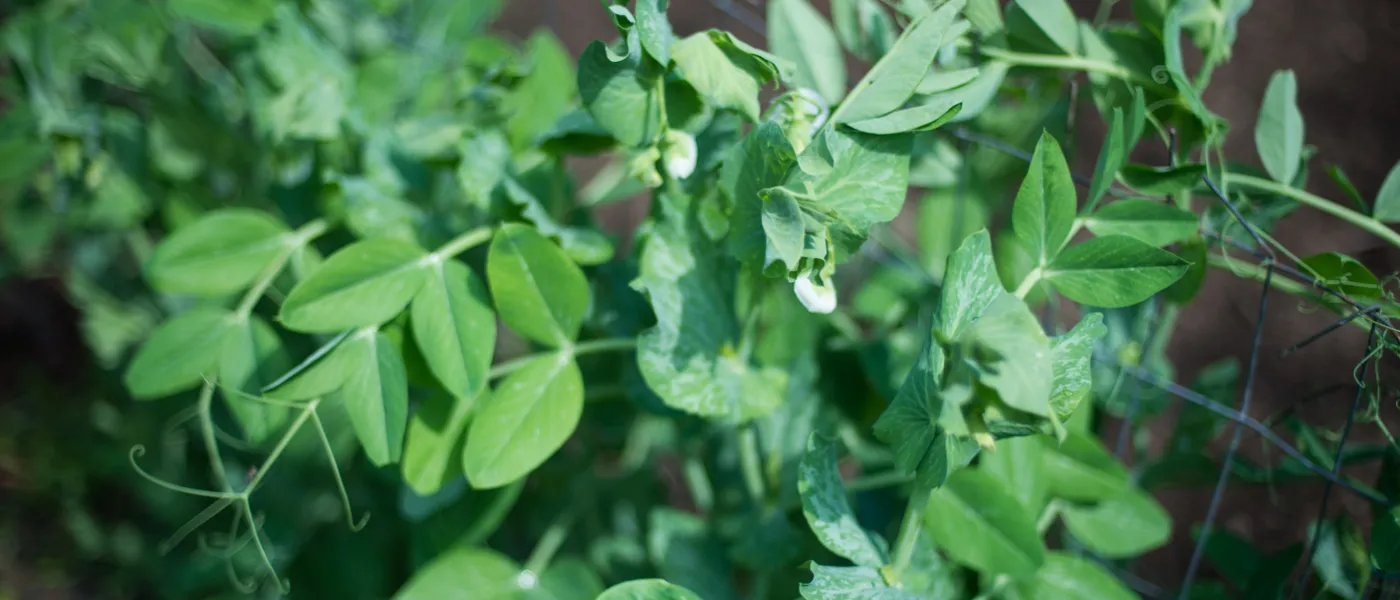
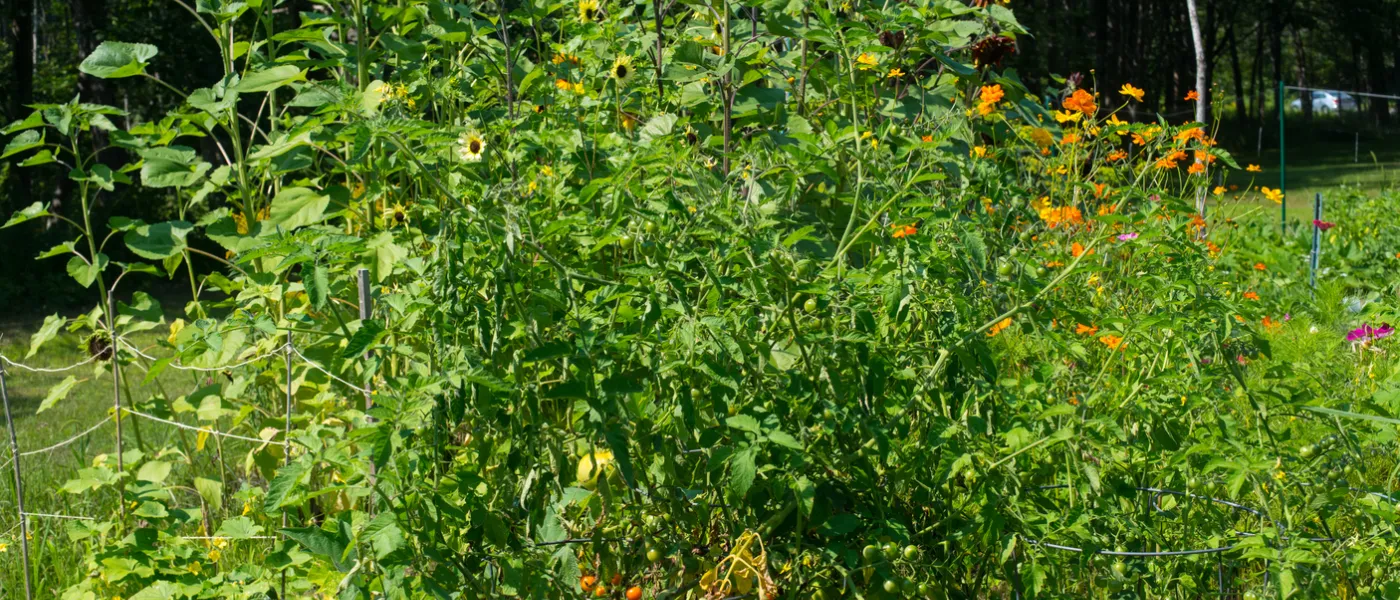
Blueberry Garden
Lowbush blueberries (Vaccinium angustofolium) and highbush blueberries (Vaccinium corymbosum) are both native to Maine. Native Americans have been harvesting both types of wild Maine blueberries for centuries. Maine blueberries have been managed, cultivated, and sold outside the state since the 19th century, making Maine one of North America’s top blueberry producers. The blueberry garden on the Biddeford Campus contains the Patriot and Northland cultivated varieties of highbush blueberries.
Edible landscapes such as the blueberry garden demonstrate how local agriculture can be beneficial to health and economics and also be aesthetically pleasing. This innovative project contributes to the growing number of sustainable practices on the UNE campuses.
Funding for the Biddeford Campus Blueberry Garden was provided by the student environmental group, Earth’s E.C.O. Support for the installation of the project was provided by UNE’s Edible Campus interest group, the Sustainability Office, and Campus Services.
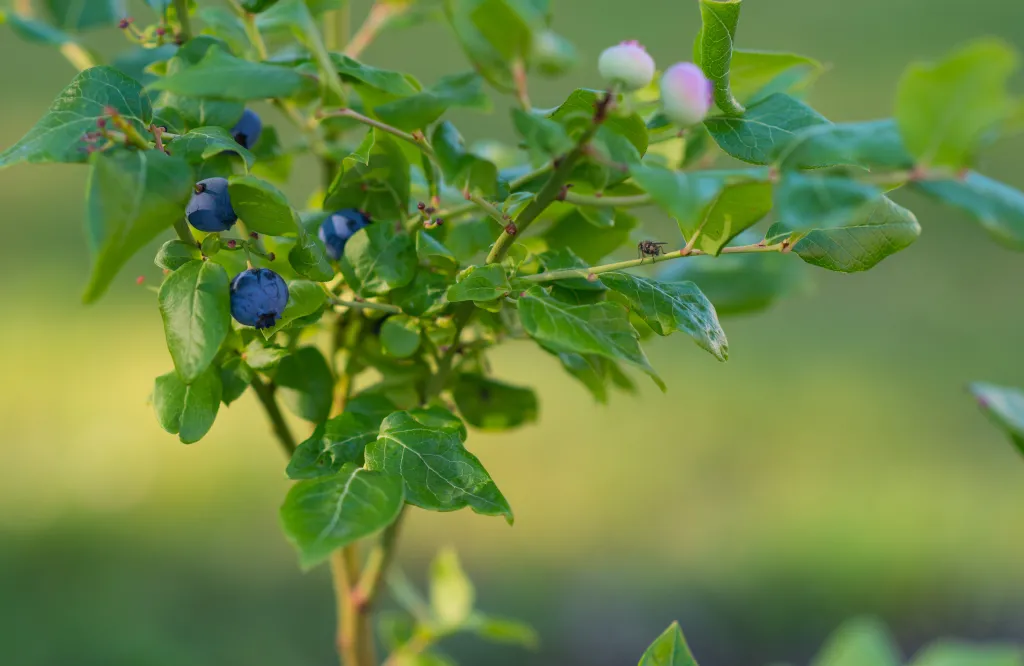
Chestnut Trees
The American Chestnut: Once a Foundational Species of Eastern U.S. Forests
The magnificent American chestnut (Castanea dentata) once reached more than 100 feet in height and occupied 200 million acres of the eastern United States, including Maine. Its rot-resistant lumber was valued as a building material and for making cradles, tables, beds, caskets, and much more. Edible chestnuts were produced in great abundance and sustained wildlife, livestock, and people. Rural Americans gathered chestnuts in huge quantities for shipment by rail to cities along the eastern seaboard, where street vendors roasted and sold them, especially around the winter holidays.
The Devastating Chestnut Blight
In the late 1800s, an invasive, pathogenic fungus known as chestnut blight (Cryphonectria parasitica) was accidentally introduced from Asia on imported Japanese or Chinese chestnuts, which tolerate the fungus. The blight was first discovered in the New York Zoological Garden in 1904, and by 1950 it had wiped out an estimated four billion American chestnut trees. The pathogen kills the tree above ground, but its root system remains intact and survives primarily as root shoots in the understory, rarely becoming large enough to reproduce from seed. For this reason, the species is considered functionally extinct at this time.
American chestnut restoration efforts
Since its founding in 1983, The American Chestnut Foundation (TACF) has been committed to breeding a blight-resistant hybrid American chestnut tree. A close cousin to the American chestnut, the Chinese chestnut co-evolved with the blight and has some level of resistance. The first step in TACF’s breeding efforts involves crossing some of the few surviving American chestnuts with blight-resistant Chinese chestnuts. Offspring are then planted in breeding orchards and screened for blight resistance. The most resistant offspring are backcrossed again with pure, native American chestnut trees. The entire process is repeated multiple times to produce hybrid trees that are 1/16 Chinese chestnut and 15/16 American chestnut. Sixth generation hybrid trees are known as B3F3s. The goal is to produce trees that look like the American species but are resistant to blight.
University of New England’s environmental studies programs are collaborating with TACF to assess the performance of these sixth-generation B3F3 hybrid American chestnuts. As a departmental capstone project in the spring of 2016, four students planted more than 80 hybrid American chestnut seeds, seedlings, and saplings in varying environments on campus. UNE’s test plantings will provide TACF with information about optimal soil and light conditions for reintroducing potentially blight-resistant trees to the forests of Maine and the eastern U.S.
Field trials such as this are being conducted throughout the chestnut’s native range and serve as a significant resource for science and education. The partnership between UNE and TACF is a tremendous effort in restoring the American chestnut to its former glory, for generations to come.
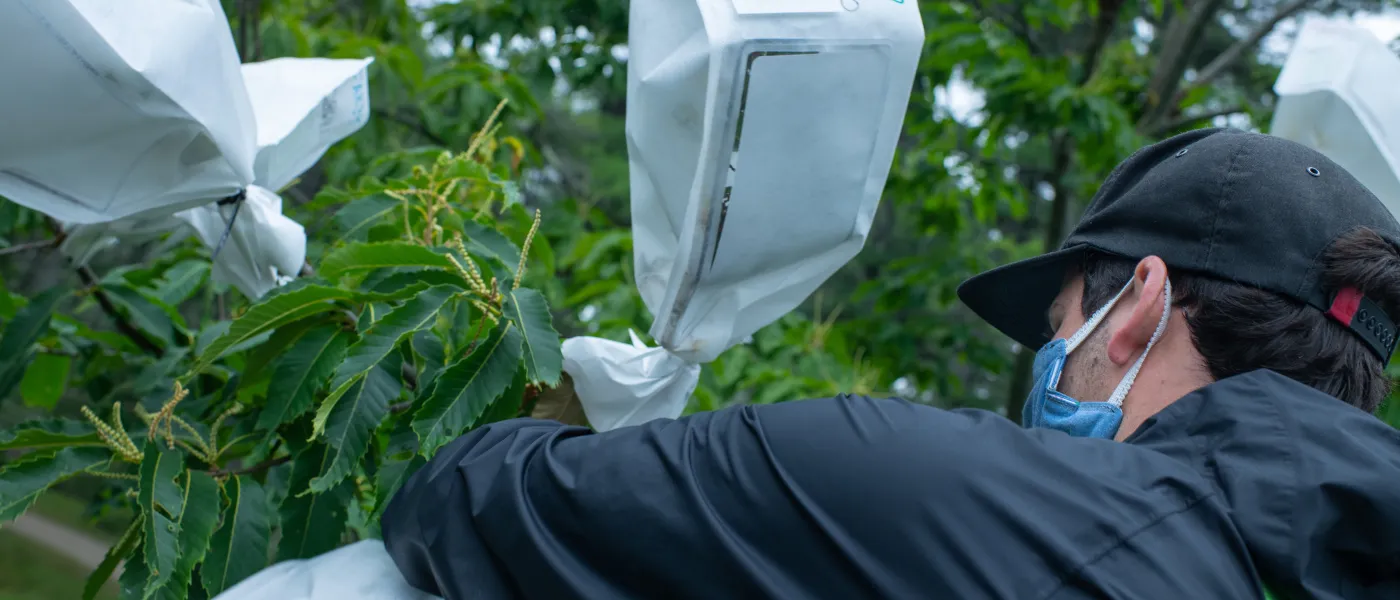

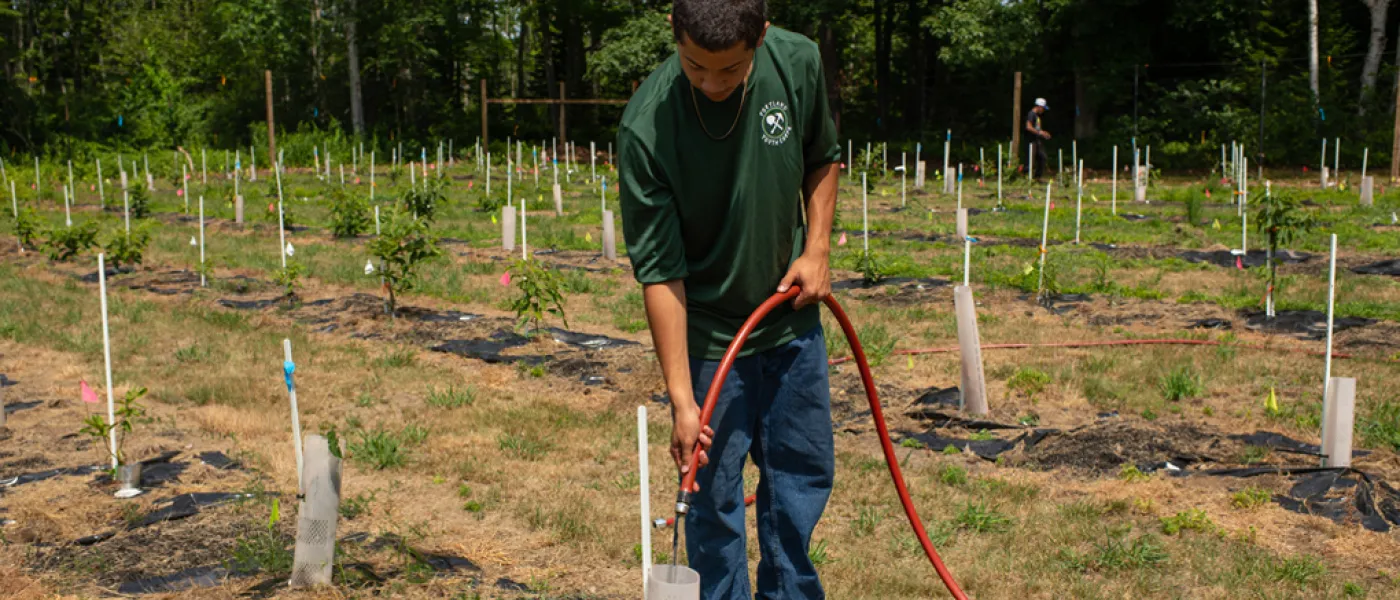
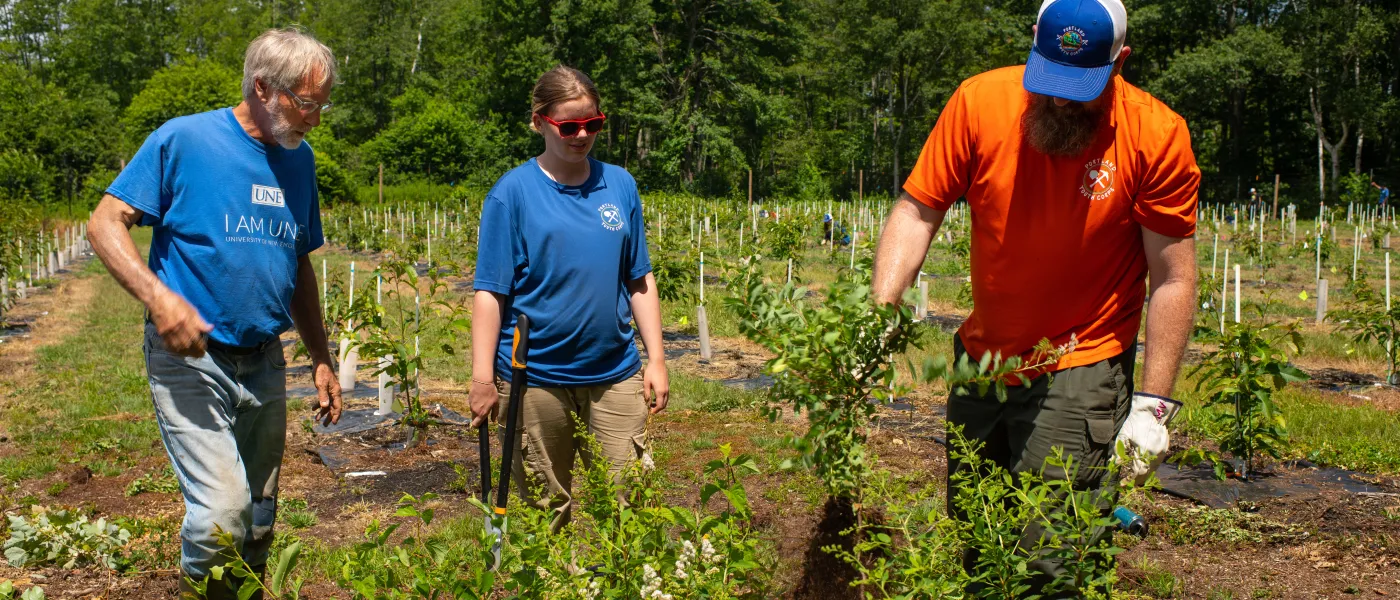
Medicinal Herbal Garden
Natural products — including plants — are the oldest source of drugs known to mankind. Before the invention of medicine as we know it today, traditional herbal medicine was the main choice of treatment and prevention of diseases. With the introduction of modern medicine, the use of herbs became an alternative therapy. However, over the years the use of herbal products has been increasing in popularity. Today one in five Americans make use of herbal products. Therefore, pharmacists must be prepared to guide and counsel patients regarding the use of such products. The goal of the UNE medicinal garden is to increase student and faculty awareness of herbal treatment options and their efficacy in the maintenance of human and animal health.
The Medicinal Herbal Garden on the Portland Campus for the Health Sciences contains plants traditionally used to prevent and treat a variety of diseases, ranging from the common cold to depression. Some of these plants are native to Maine and have been important to the Native American cultures of this state. The medicinal properties of many of these plants have been known for thousands of years. However, the U.S. Food and Drug Administration (FDA) does not recognize their medicinal value. You should talk to your doctor or pharmacist before taking any herbal product.
Collaborative Effort
The herbs were planted by pharmacy students taking a phytotherapy course in the spring of 2015. Collaborative effort was contributed by faculty and professional staff from the School of Pharmacy, the Sustainability Office, and Abplanalp Library. The Pharmaceutical Sciences Department provided financial support, and Facilities Management contributed greatly to the ground work and maintenance of the garden.
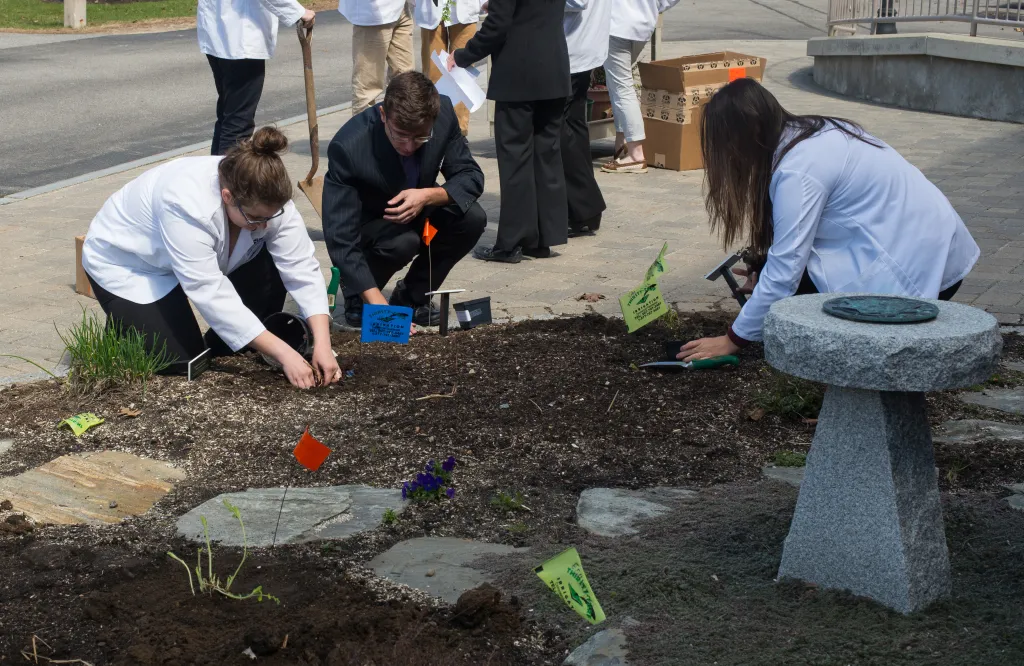
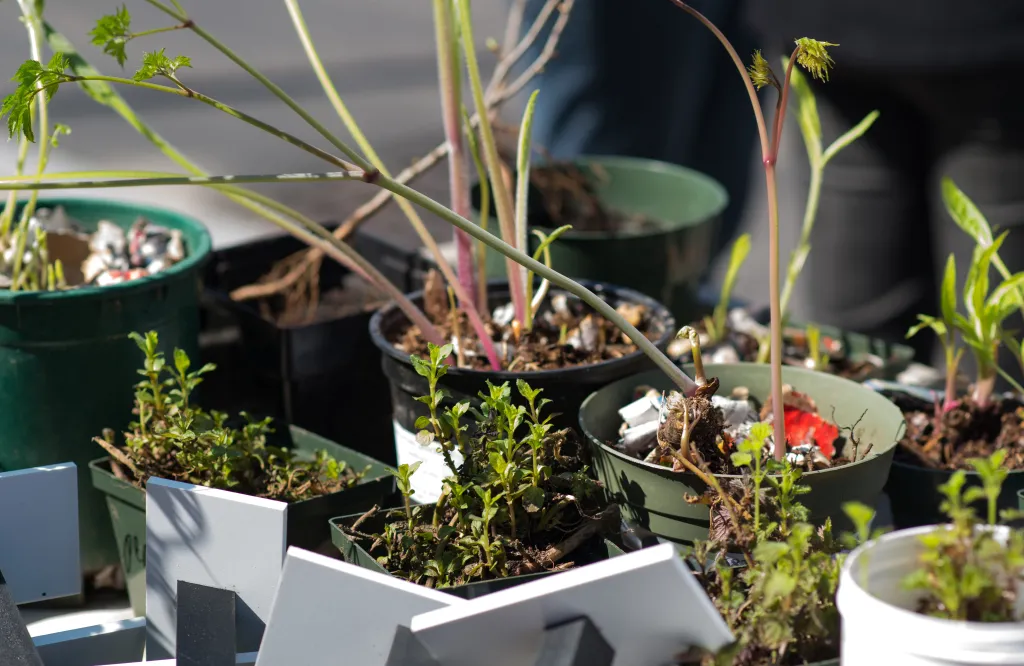
Garden Plants
| Common Name | Scientific Name | Uses |
|---|---|---|
| St. John's Wort | Hypericum perforatum | Depression |
| Cranberry | Vaccinium macrocarpon | Urinary tract infections (UTI) |
| Astragalus | Astragalus membranaceus | Common cold |
| Ginseng | Panax ginseng | General tonic for improving well-being |
| Gingko | Gingko biloba | Improve cognitive function |
| Holy Basil | Ocimum tenuiflorum | Common cold and influenza ("the flu") |
| Elderberry | Sambucus nigra | Used for influenza ("the flu") and H1N1 "swine" flu |
| Goldenseal | Hydrastis canadensis | Common cold and other upper respiratory tract infections |
| Black Cohosh | Actaea racemosa | Alleviate symptoms of menopause |
| Valerian | Valeriana officinalis | Insomnia |
| Echinacea | Echinacea angustifolia | Common cold and upper respiratory tract infections |
| Peppermint | Mentha x piperita | Irritable bowel syndrome |
| Arnica | Arnica montana | Bruises, aches, and sprains |
| Comfrey | Symphytum officinale | Ulcers, wounds, joint inflammation, bruises, rheumatoid arthritis |
| Boneset | Eupatorium perfoliatum | Antipyretic, diuretic, laxative, emesis, and cathartic |
| Lemon Balm | Melissa officinalis | Cold sores and anxiety |
| Nettle | Urtica dioica | Urination disorders associated with benign prostatic hyperplasia (BPH) |
| Blueberry | Vaccinium angustifolium | Cataracts and glaucoma, ulcers, UTI |
To learn more about the Edible Campus Initiative and how you could become involved, contact the Sustainability Office at (207) 602-2507 or acariddi@une.edu.
